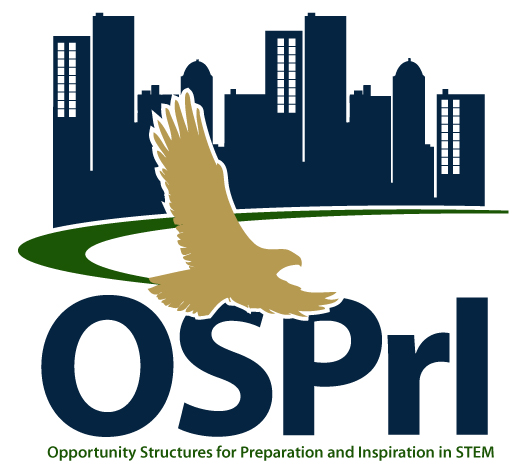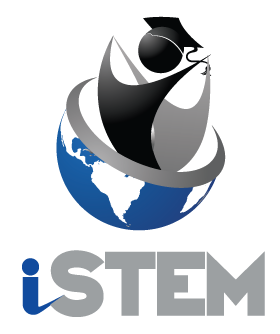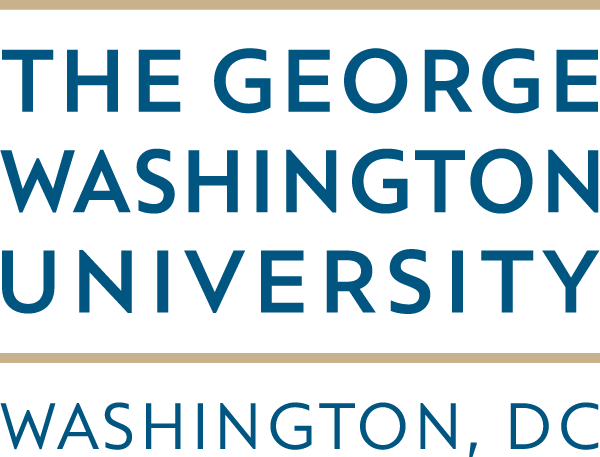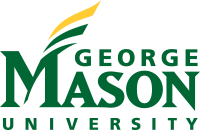
About OSPrI
Multiple Instrumental Case Studies of Inclusive STEM-focused High Schools: Opportunity Structures for Preparation and Inspiration
The OSPrI project examines the opportunity structures provided to students by Inclusive STEM-Focused High Schools (ISHS), with an emphasis on studying schools that serve students from underrepresented groups.
In contrast to highly selective STEM-focused schools that target students who are already identified as gifted and talented in STEM, ISHSs aim to develop new sources of STEM talent, particularly among underrepresented minority students, to improve workforce development and prepare STEM professionals.
Using a multiple instrumental case study design, the research team has identified ten candidate critical components that define ISHSs and is refining and further clarifying the critical components through the research study. Analysis of the first phase of the study aims to develop rich descriptions that showcase characteristics of the schools to determine a theory of action that illustrates interconnections among context, design, implementation, and outcome elements. Evaluation of the project consists of an internal advisory board and an external advisory board, both of which provide primarily formative feedback on research procedures. Research findings, as well as case studies, records of instrument and rubric development and use, annual reports, and conference proposals and papers will be made available on this website to provide an immediate and ongoing resource for education leaders, researchers and policymakers to learn about research on these schools and particular models.
Visit the OSPrI website to learn more.

About iSTEM
A Multi-state Longitudinal Study of the Effectiveness of Inclusive STEM High Schools
iSTEM is the first large-scale controlled longitudinal study of the impacts of inclusive STEM high schools in the United States. The research builds on the data collected during a 2-year Feasibility Study that began in North Carolina in September 2011. The study’s focus is on the extent to which inclusive STEM high schools contribute to improved academic outcomes, interests in STEM careers, and expectations for post secondary study. The research engages in implementation research to examine the elements of the STEM schools' design and implementation and other contextual factors, including state policies, which are associated with superior outcomes.
The research uses a quasi-experimental study design to investigate the effects of attending an inclusive STEM high school, and compares outcomes for students in these schools with those of their counterparts attending other types of schools in the same states. The study includes all students in the 9th or 12th grade in the inclusive STEM high schools and students in samples of same-state comparison schools.
Data are collected longitudinally using student records and surveying students at regular intervals. The study follows the 12th grade students after graduation into postsecondary study and the workforce. Impacts on student achievement are analyzed separately for each state. Data on the elements of STEM schools are collected through teacher and administrator surveys and interviews. State STEM school history and policy data are collected through document analysis and interviews.




